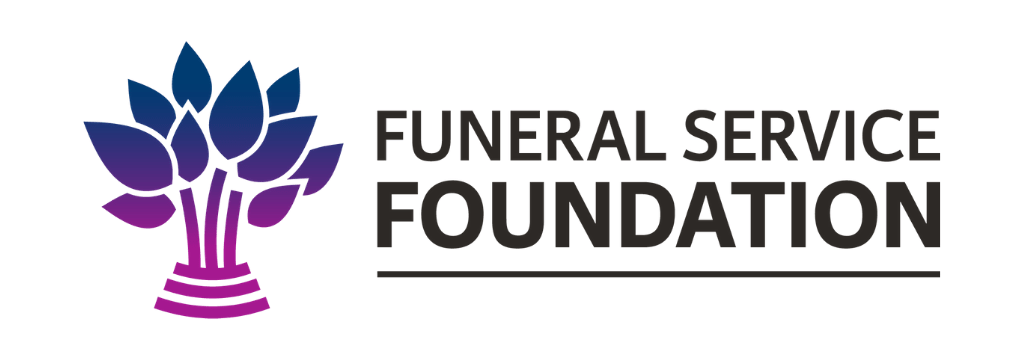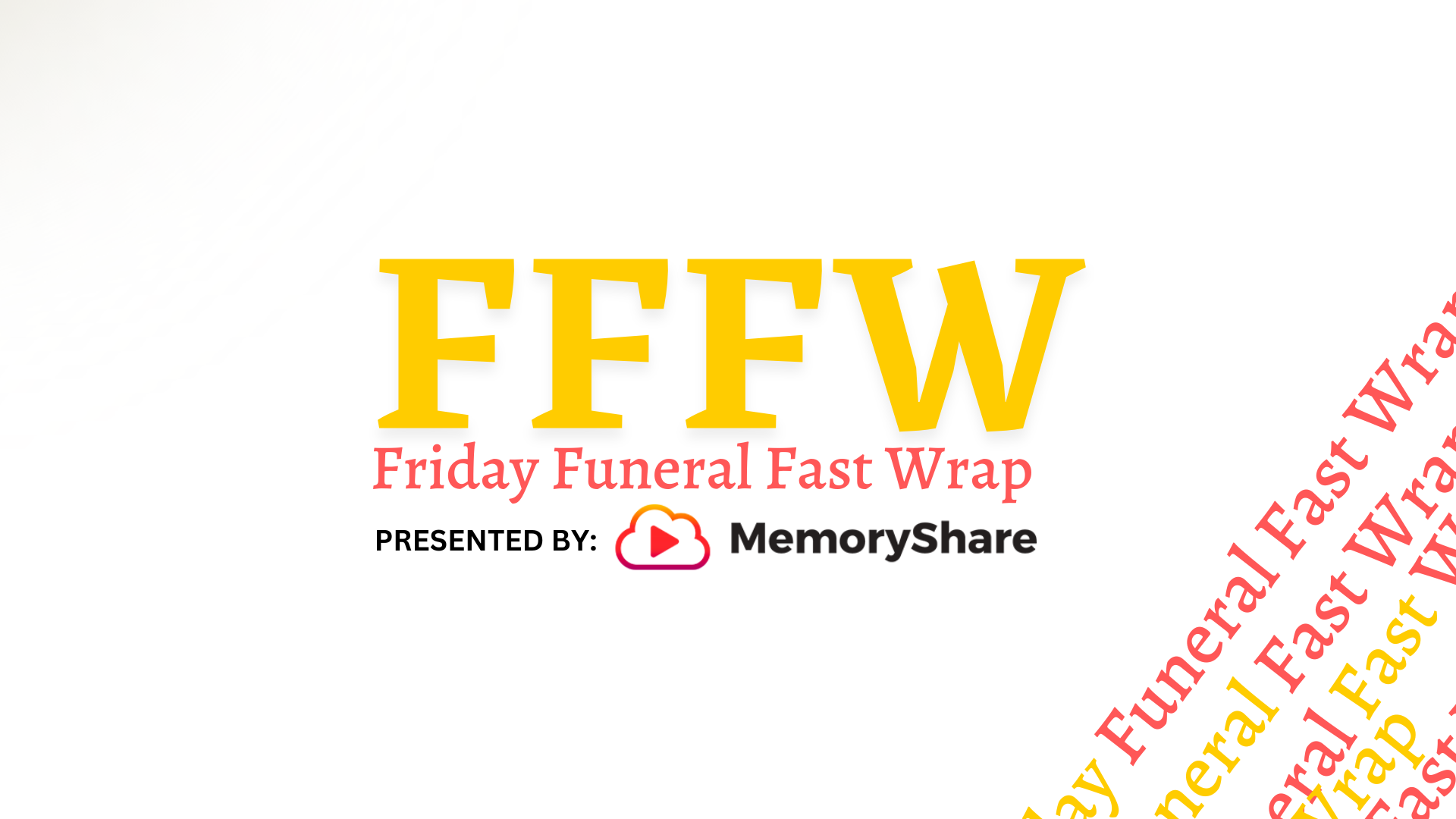Deathcare Challenges in Cases of Violent Death
Auto accidents, random acts of violence, suicides and other traumatic deaths create unique challenges for funeral homes. Sudden, traumatic, and unexpected (or, as in the case of suicide, avoidable) deaths affect not only the family of the deceased, but also those involved in other ways: The discovery of the decedent, cleanup of the site of an accident or suicide; the addressing the context of crime, should any exist; medical examiners conducting autopsies, even emergency staff who may have tried to intervene to save a life that couldn’t be saved.
It does take a special mien and a particular build of character to carry the load a profession in death care imposes. And at the end of the day, however seasoned, however experienced and practiced, the human connection which creates the compassionate foundation on which a business in deathcare will thrive is precisely the factor which makes such deaths so difficult for first and last responders, as well as survivors.
The violence of such deaths is not restricted to the decedent.
Restoration: The Easy Part?
The most traumatic deaths may entail extensive reconstruction, particularly of the skull and face, when a family seeks the comfort of a wake or service with an open casket. Preparation can be tricky in such circumstances, as traumatic deaths require special care, often elaborate, in the process of embalming, as well as any elaborate reconstruction. Depending on the nature of the trauma, decomp, and timing, reconstruction is possible even when extensive rebuilding is necessary, with sophisticated, high-quality results possible; technology in the restorative arts continues to improve all the time, so rebuilding bone and skin is possible through a variety of products, and combinations of methods.
Depending on the nature of the trauma, decomp, and timing, reconstruction is possible even with extensive reconstruction, and sophisticated, high-quality results can be achieved by rebuilding and even replacing bone and skin as well as modeling features.
But managing superficial corrections may well be the easy part.
Complex Grief
One of the funeral director’s most immediate concerns in any case is interaction with the bereaved. As directors assist a family and survivors’ progress through the process of planning and services, difficulties specific to types of trauma and death may arise (such as when an open casket is simply not a possibility), and especially, families affected by suicide). A funeral director is in a unique position to provide practical assistance and direction.
Trauma to Workers
More difficult to anticipate is the way any trauma may affect your own staff.
While no death is especially effortless to manage, trauma and violence, along with age, can make a case difficult for everyone involved, even if effects aren’t evident until well after the fact. Even severe responses may not arise consciously until it seems the details of a case have been long forgotten, symptoms of compassion fatigue, worker stress, and secondary stress and PTSD can arise.
It takes a psychological toll simply to manage even the most natural, expected, and welcome deaths, as grief taxes a professional’s compassion in every single case. It’s the job. Even so, each case takes a toll on death care workers. It’s a sacrifice of which most people will never be aware, but the social function served by our death care workers is a vital one.
Thank you, Last Responders, for all of your selfless service… but especially for your care to the tragedies.




